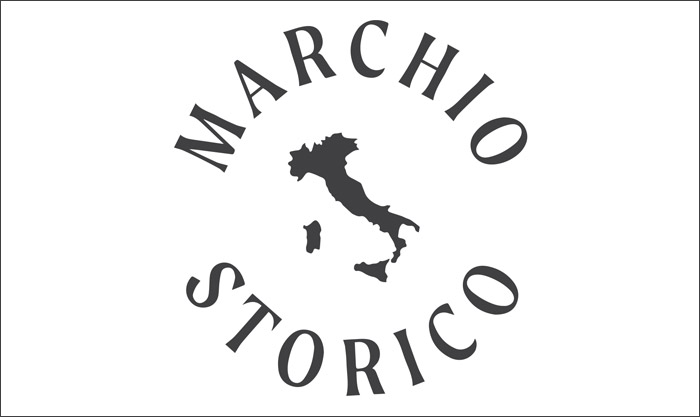- KOLLEKTIONEN
- Firma Wir sind stolz darauf, in das Sonderregister für historische Marken von nationalem Interesse aufgenommen worden zu sein. Discover more

- Magazine

Keeping an eye on the budget is no bad thing, quite the opposite. It means focusing on priorities andavoiding any waste. One of the typical risks connected with designing an environment is that unnecessary elements are included. To avoid this, you must first of all clearly assess your financial availability and your real needs, so as to put together a reliable list reporting your maximum budget for each element (kitchen furniture, domestic appliances, etc.).
If you have a small family, for example, an oven and a compact dishwasher will suffice, instead of a larger model; on the other hand, if you have a large family, opt for a model that fully meets your needs to avoid having to make a new purchase at a later stage.
A trick to examine and define your budget? Subdivide it in order of importance!
Once you identify the focal point of your project, you can understand which elements you need to invest more money in and which ones to consider as secondary.
Some examples? If you love cooking, invest in cooking tools (oven and other appliances) to fulfill this desire. If you like accessories and already have many to contribute to the new kitchen, look at useful, practical and even creative inclusive solutions.If design is your prerogative and you do not care about having latest generation appliances, you may choose to spend more to have a really beautiful and trendy kitchen.

Do you think that your kitchen will look good because of expensive accessories or designer finishes? Yes, sure, but you can also make a difference with your creativity. Ideas are practically endless: furnish with green to make the room harmonious; use fruit bowls and make containers using the decoupage technique. Basically you can create your own kitchen decorations by yourself!